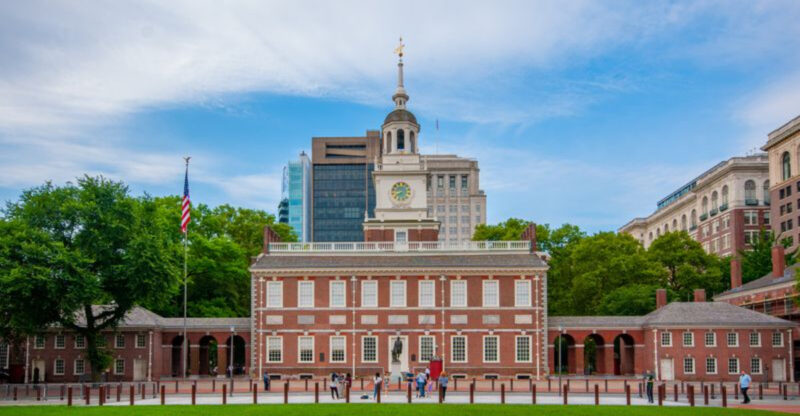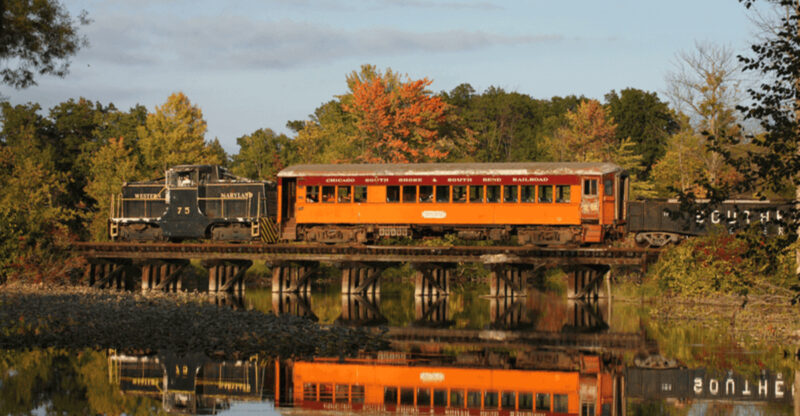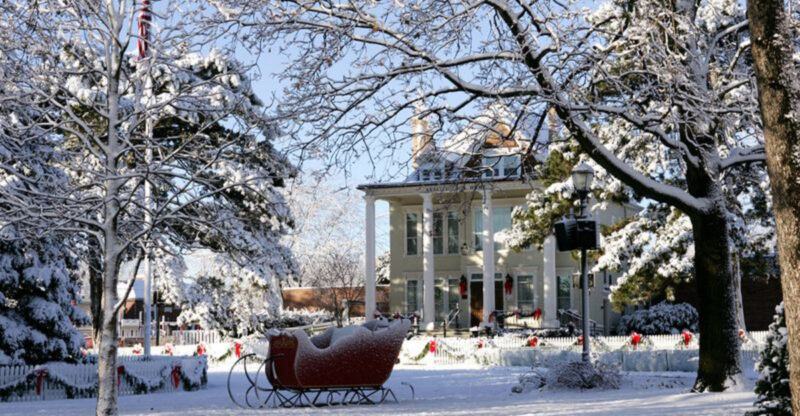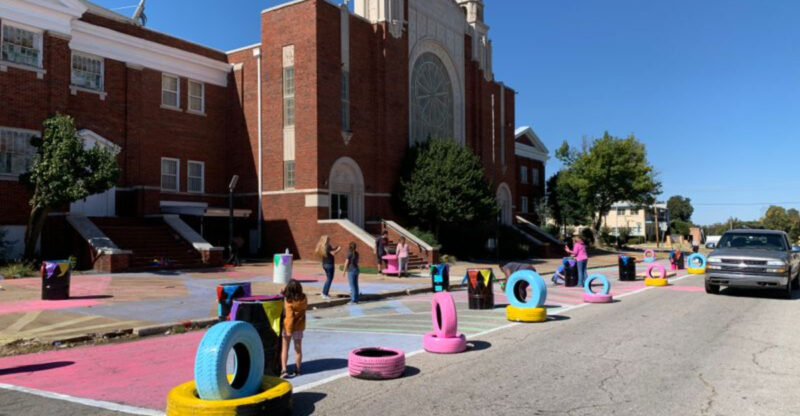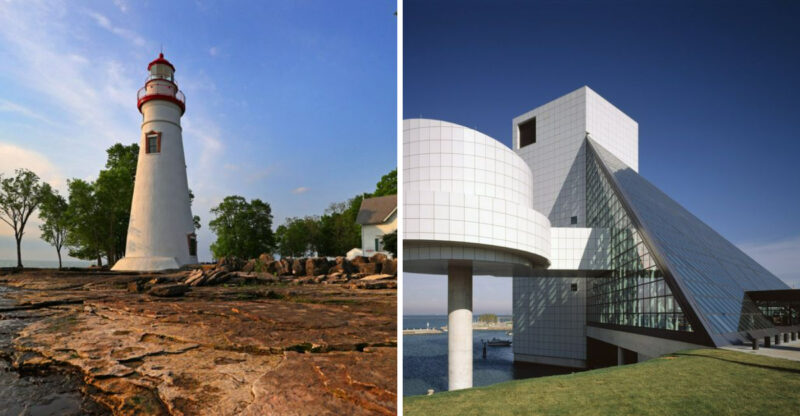12 Utah Monuments That Time Almost Forgot
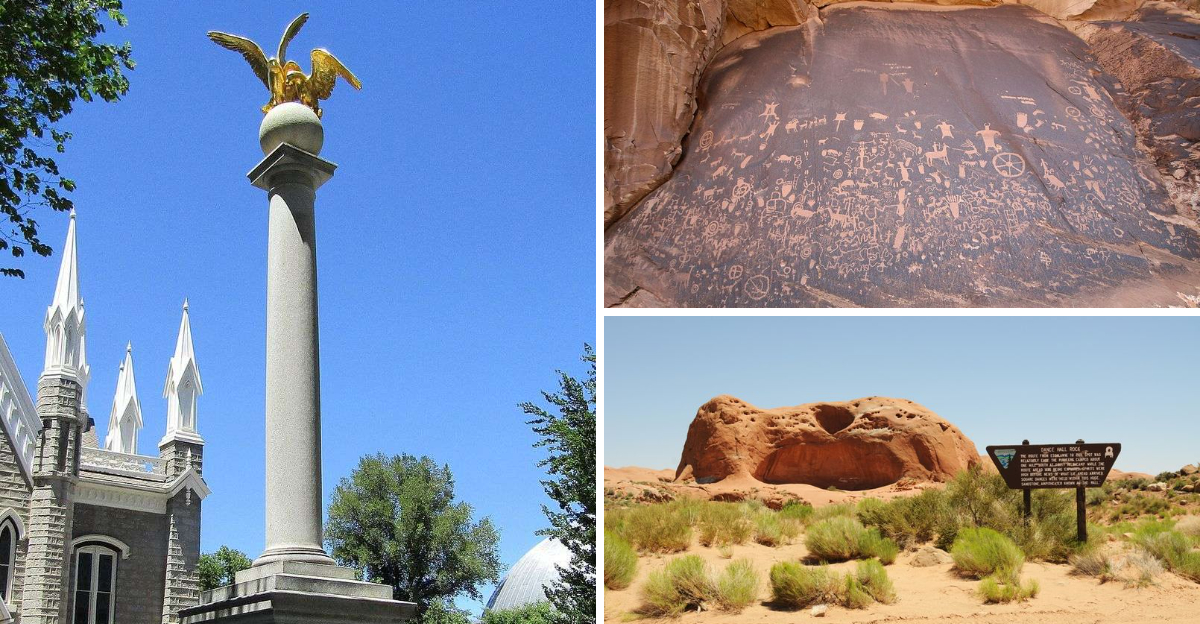
Utah hides some incredible secrets that most people never get to see. Scattered across the state are monuments and landmarks that tell amazing stories but somehow stay off the beaten path.
I’m taking you on a tour of these forgotten treasures that deserve way more attention than they get!
1. Gilgal Gardens, Salt Lake City
Hidden behind a residential fence sits one of Utah’s strangest art installations. Thomas Child Jr. spent years carving bizarre sculptures that mix Mormon theology with Egyptian imagery.
You’ll find a sphinx with Joseph Smith’s face and stones covered in scripture verses. It’s totally free to visit and feels like stumbling into someone’s wild dream.
Most locals don’t even know it exists. The garden covers half an acre and contains over twelve major sculptures. Bring your camera because every corner offers something wonderfully weird to photograph!
2. Lone Cedar Tree Monument, Salt Lake City
Back in pioneer days, a single cedar tree stood as a landmark for travelers crossing the valley. Brigham Young himself used it as a reference point when planning the city layout.
Today a monument marks where that famous tree once grew. The original cedar is long gone, but the marker tells its important story.
It’s easy to miss if you’re not looking for it. Located near the Capitol, this spot reminds us how empty the valley once was. That lonely tree guided countless wagon trains to safety!
3. Eagle Gate, Salt Lake City
A massive bronze eagle spreads its wings over State Street, watching traffic pass below. This gate once marked the entrance to Brigham Young’s property back in the 1800s.
The eagle weighs over two tons and has a twenty-foot wingspan. It’s been rebuilt several times as the street widened underneath.
Thousands of people drive under it daily without giving it a second thought. The current version went up in 1963, but the tradition goes back much further. Stop and look up next time you pass through!
4. Dark Angel, Arches National Park
Way out in the Devils Garden area stands a mysterious black tower of stone. Unlike the red rocks surrounding it, this formation appears almost charcoal in color.
Getting there requires a longer hike than most visitors want to tackle. The trail stretches over seven miles round trip through primitive terrain.
Its name comes from the ominous silhouette it creates against the sky. The rock’s dark color results from desert varnish coating its surface. If you make the trek, you’ll likely have this eerie sentinel all to yourself!
5. Wilson Arch, Near Moab
Right off Highway 191 sits an arch that most people zoom past without stopping. It’s named after a local pioneer who had a cabin nearby in the late 1800s.
The opening spans about ninety feet and you can walk right up to it. Unlike famous Delicate Arch, this one sees maybe a dozen visitors on busy days.
I love how accessible it is compared to other natural arches. You’re literally steps from your car to the base. Perfect for a quick photo op during a road trip through southern Utah!
6. Fantasy Canyon, Near Vernal
Picture a landscape that looks like it belongs on another planet. Weird hoodoos and twisted rock formations cover this small area east of Vernal.
Wind and water carved these stones into shapes that defy imagination. Some look like mushrooms, others resemble melting candles or alien creatures.
It’s pretty remote and the dirt road getting there can be rough. Only about three acres in size, but every square foot is packed with geological wonders. Sunset makes the formations glow in absolutely magical ways!
7. Indian Trails Monument, Near Lehi
Ancient pathways once crisscrossed this area long before highways existed. Native tribes used these routes for centuries to travel and trade across the region.
A simple monument now marks these historic trails that connected communities. It sits quietly off the main roads where development has swallowed much of the original landscape.
Few people stop to read the plaques anymore. The monument honors the original inhabitants who knew this land intimately. These trails represent thousands of years of human movement through Utah Valley!
8. Metaphor: The Tree Of Utah, Near Wendover
Out in the blinding white salt flats stands a bizarre tree covered in colorful spheres. Swedish artist Karl Momen created this eighty-seven-foot sculpture in the 1980s.
It’s supposed to represent the journey from desert to forest across Utah. The bright spheres contrast dramatically with the stark white emptiness surrounding it.
Drivers on I-80 either love it or think it’s completely ridiculous. There’s literally nothing else for miles in any direction. The isolation makes it even more surreal and memorable to encounter!
9. Mountain Meadows Massacre Memorial, Near Veyo
This peaceful meadow holds one of Utah’s darkest historical secrets. In 1857, a wagon train of settlers was attacked here, resulting in tragic loss of life.
The memorial honors those who died during this terrible event. It’s a somber place that reminds us of complicated and painful moments in western history.
Located in a remote valley, the site sees few visitors despite its significance. Walking the grounds feels heavy with the weight of what happened. History isn’t always pretty, but remembering it matters deeply!
10. Seagull Monument, Salt Lake City
Right on Temple Square stands a monument celebrating birds that supposedly saved pioneer crops. According to legend, seagulls arrived in swarms to eat crickets that were destroying fields in 1848.
The monument features gilded seagulls perched atop elegant columns. It was dedicated in 1913 and remains an important symbol to many Utahns.
Tourists often walk right past it while heading to more famous attractions nearby. The California gull even became Utah’s state bird because of this story. Whether miracle or coincidence, those gulls earned their monument!
11. Newspaper Rock, Indian Creek
Imagine a stone bulletin board covered with messages from the past. Hundreds of petroglyphs crowd this rock face, carved over thousands of years by different cultures.
Animals, human figures, and mysterious symbols overlap in a dense tapestry of ancient art. It’s called Newspaper Rock because it looks like a page packed with information.
You can view it from a boardwalk just steps from the parking area. The sheer number of carvings is overwhelming and fascinating. Each symbol tells a story we can only guess at today!
12. Hole-In-The-Rock Trail Marker, Escalante
Mormon pioneers once blasted a wagon route through impossible terrain to reach the San Juan River. The journey took six months instead of the planned six weeks.
Markers along the route commemorate this incredible feat of determination and engineering. They crossed slickrock, carved steps into cliffs, and lowered wagons down near-vertical slopes.
Most of the trail is accessible only by four-wheel drive today. The isolation helps you appreciate how desperate and brave those travelers were. Standing there makes you wonder how anyone survived such a journey!

